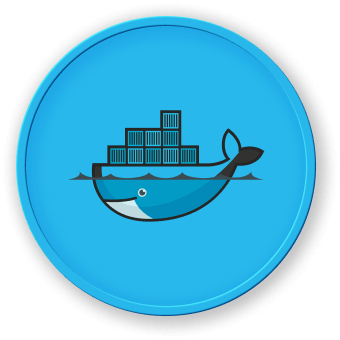Understanding Docker Images
Docker is a popular containerization platform that allows developers to package their applications and dependencies into lightweight, portable, and self-contained units called Docker images. These images serve as the foundation for running Docker containers, which provide a consistent and isolated environment for running applications.
What is a Docker Image?
A Docker image is a read-only template that contains the necessary instructions to create a Docker container. It includes the application code, runtime, system tools, libraries, and any other dependencies required to run the application. Docker images are built using a set of instructions called a Dockerfile, which defines the steps to create the image.
Layers and Image Hierarchy
Docker images are built using a layered architecture, where each instruction in the Dockerfile creates a new layer. These layers are stacked on top of each other, and each layer represents a change made to the image. This layered approach allows for efficient image management, as Docker can reuse common layers across multiple images, reducing the overall storage requirements.
graph TB
subgraph Docker Image Layers
A[Base Image Layer] --> B[Application Layer]
B --> C[Configuration Layer]
C --> D[Final Image]
end
Accessing and Managing Docker Images
Docker images can be accessed from various sources, such as the Docker Hub, a public registry maintained by Docker, or private registries. Users can search for, pull, and push images to these registries using the Docker CLI. Additionally, users can create their own custom images by building them from a Dockerfile.
| Command |
Description |
docker pull <image:tag> |
Pull a Docker image from a registry |
docker build -t <image:tag> . |
Build a Docker image from a Dockerfile |
docker images |
List all the Docker images on the local system |
By understanding the concept of Docker images, their layered architecture, and how to access and manage them, developers can effectively utilize the power of containerization and streamline their application deployment processes.




